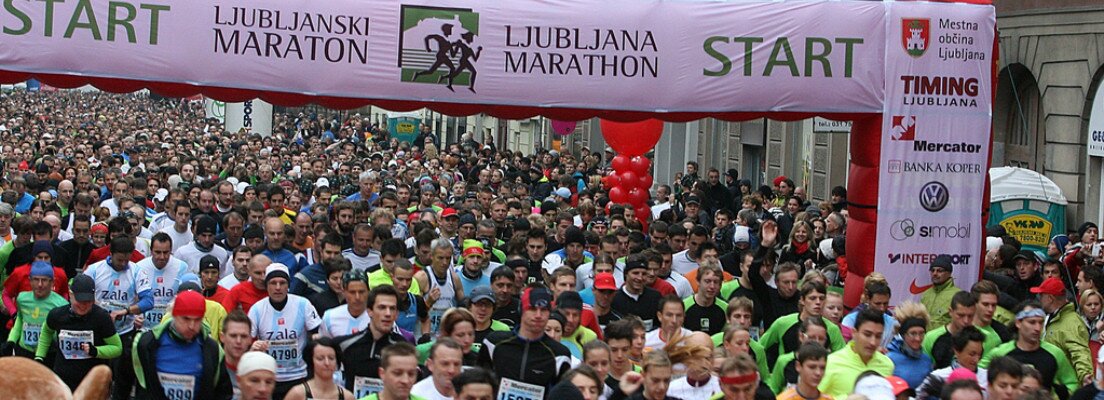
Precision Pacing Without Relying on Your GPS Watch
You've probably noticed that even the best GPS watches can be inconsistent, especially under heavy tree cover or near tall buildings. Depending solely on technology can leave you second-guessing your effort and splits. But what if you could fine-tune your sense of pace using just your own senses? By learning to trust your body's feedback and a few simple tools, you'll discover a more grounded—and possibly more accurate—way to run.
Mastering the Art of Running by Feel
Although technology provides immediate data, mastering the art of running by feel involves enhancing your innate sense of pace. By developing internal pacing through awareness of bodily signals—such as perceived effort, muscle fatigue, and breathing patterns—runners can improve their performance.
High school cross country experiences often highlight this skill, which can lead to more effective effort management during workouts and races. Relying on personal sensations instead of numerical feedback may alter training methods, promoting greater self-confidence and mental resilience.
Reflecting on instances of running without electronic devices can foster an appreciation for instinctual pacing and emphasize the importance of self-trust in achieving stronger performances.
The Accuracy Problem: Why GPS Watches Can Mislead
GPS watches, while popular among runners, can exhibit inconsistent accuracy that may mislead users regarding their performance metrics. For instance, a GPS watch might incorrectly register a distance, recording one mile as merely 1,511 meters, which can distort a runner's pace and overall perception of their progress.
Accuracy fluctuations often become pronounced on tracks or hilly terrains, where rapid changes in speed may lead to confusion regarding actual performance. Environmental factors such as obstructions from buildings, trees, or adverse weather conditions can further compromise the reliability of GPS data.
While footpod devices tend to provide more stable readings, many runners still rely heavily on GPS metrics. This reliance poses a risk, as training decisions made based on inaccurate data may not yield the desired results.
Therefore, it's advisable for runners to consider the potential shortcomings of GPS technology when evaluating their training parameters to maintain confidence in their performance assessments.
Techniques for Tracking Pace Without Smart Devices
Many runners seek effective methods to monitor their pace without using smart devices, particularly due to the potential inaccuracies that GPS technology can introduce.
One common technique is to utilize manual lap settings on a basic stopwatch to track pace on known routes. By recording your time for each mile or kilometer while running, you can gauge your pace with reasonable accuracy.
In addition to stopwatch usage, it's important to pay attention to your perceived effort. Noticing your breathing patterns, muscle fatigue, and overall exertion can provide valuable insights into your current pace, allowing you to make necessary adjustments as you run.
Another practical method is landmark pacing, which involves associating specific features along your route with target split times. For instance, a runner might use a tree or a signpost as a marker to check their progress at predetermined intervals.
Moreover, feedback from running partners or coaches can be invaluable. They can call out split times or provide insight on your pace in real time, helping you make immediate adjustments as needed.
Building Confidence in Your Internal Pacing
Building confidence in internal pacing involves developing a reliance on bodily cues rather than technological devices such as GPS watches. As runners engage in regular training, they can learn to interpret physiological signals—like breath patterns, muscle fatigue, and perceived exertion levels—effectively. Research indicates that runners who focus on these internal cues can enhance their pacing accuracy, sometimes achieving better results compared to those who depend strictly on digital measurements.
Reducing reliance on devices can alleviate stress and foster a sense of accomplishment related to personal performance. Each running session presents a chance to refine one's understanding of effort and adaptability.
Mastering internal pacing can shift the focus from external metrics to personal development, creating a more fulfilling experience in the activity of running. This approach emphasizes self-awareness and pays attention to individual progression, which can be beneficial for long-term improvement in running performance.
Practical Tools and Community Insights for Gadget-Free Running
Many runners tend to rely on high-tech gadgets for tracking their performance, but there are several practical tools that can facilitate effective training without the use of GPS. For instance, a basic Timex Ironman 30-Lap Watch is suitable for manually tracking splits, allowing runners to concentrate on their effort levels rather than being fixated on numerical metrics or continuous data from devices like a Garmin.
Another option is to use a foot pod to measure stride count, which can help in maintaining a specific pace during steady runs.
Numerous running coaches advocate for the practice of listening to internal bodily signals such as breath patterns, heart rate, and perceived exertion, as these are useful indicators of performance and effort.
Engaging with the running community online can also provide insights and support for those pursuing a gadget-free running experience. Discussions can yield practical advice and reaffirm that reconnecting with one’s physical sensations while running can yield beneficial outcomes, enhancing the training experience without reliance on technology.
Conclusion
By tuning into your body and trusting your instincts, you’ll discover a new level of precision pacing that no GPS watch can match. Rely on your breathing, muscle feedback, and the rhythm of your stride—you’re more accurate than you think. Use manual tools and landmarks for guidance, but let your internal cues lead the way. With practice, you’ll build confidence, sharpen your focus, and experience the true freedom of running by feel.

 Z nadaljevanjem brskanja po naši strani soglašate z njihovo uporabo. Hvala za razumevanje in zaupanje.
Z nadaljevanjem brskanja po naši strani soglašate z njihovo uporabo. Hvala za razumevanje in zaupanje.